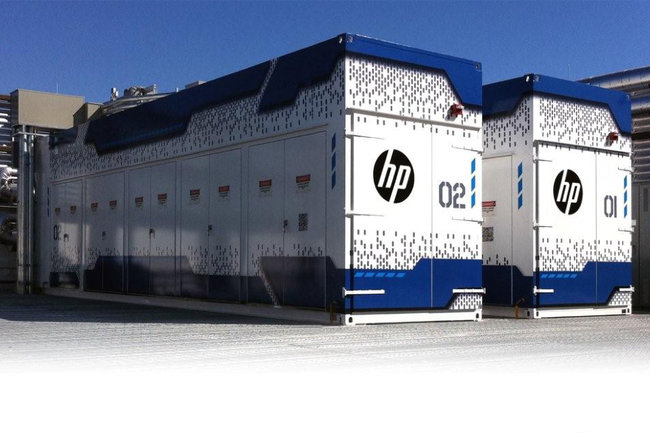Step Up Security
CISA tips to thwart phishing attempts
Perhaps you’ve noticed it in your email inbox or text messages: there is a recent uptick in the number of attempts to gain private information that compromises your personal and financial security, as well as that of organizations and corporations. According to a recent report from Proofpoint, email-based phishing attempts became increasingly successful in 2021, […]







